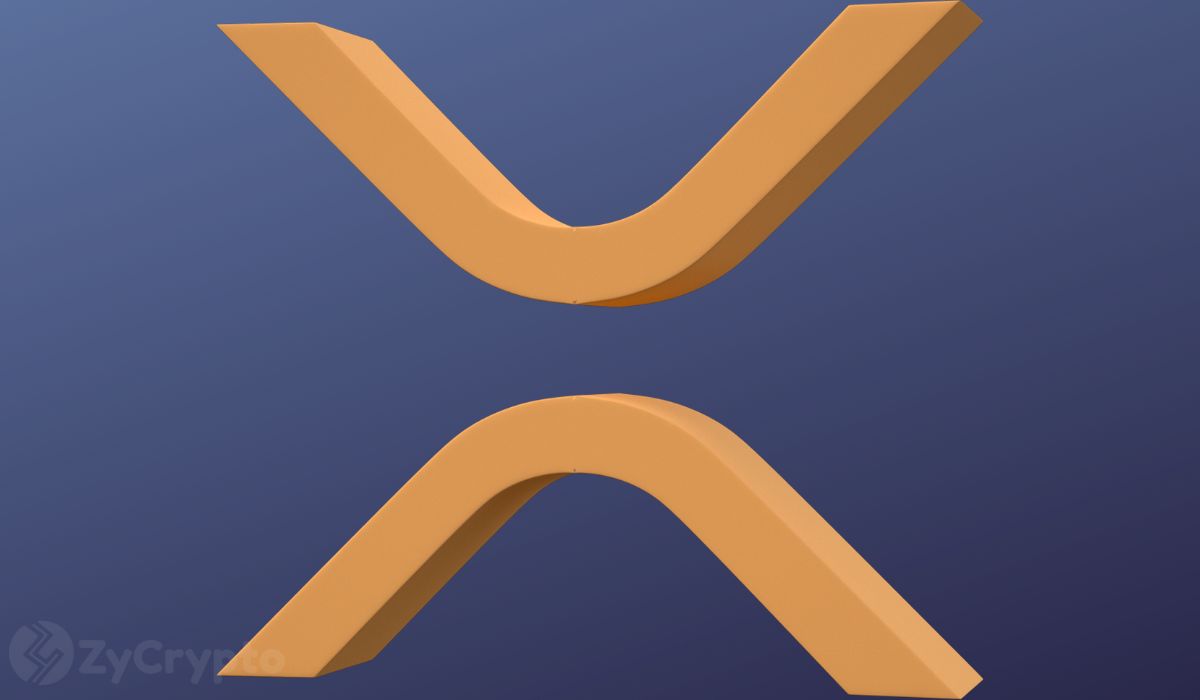ARTICLE AD BOX

- Ronin Network selected Chainlink’s CCIP to enhance security after a competitive process.
- Chainlink’s protocol offers multiple security layers, reducing the risk of attacks on the Ronin Bridge.
Blockchain gaming platform Ronin has announced the integration of Chainlink’s Cross-Chain Interoperability Protocol (CCIP) to secure its cross-chain bridge. This partnership will enhance the security and efficiency of the Ronin Bridge and enable the seamless transfer of assets and information between the Ronin and Ethereum networks. Out of the competitors, LayerZero and Axelar, Chainlink was chosen due to the presence of strong security measures.
On October 10, Ronin announced that the network’s validators voted to support the use of Chainlink’s CCIP as the network’s cross-chain solution. The CCIP is a decentralized oracle-based protocol that aims to provide a secure means of interoperability between different blockchains. This integration will allow users to send transactions and other messages across chains while maintaining the security of the whole system.
1/ Welcome to Ronin, Chainlink!
Today, Ronin Validators voted for @chainlink’s CCIP to secure the Ronin Bridge.
This alliance will reinforce security, improve user experience, and free up resources to accelerate the Ronin ecosystem’s adoption.
Full announcement 
— Ronin (@Ronin_Network) October 10, 2024
A three-stage evaluation process preceded the integration of Chainlink’s CCIP by Ronin. The blockchain developed specifically for the gaming industry plans to improve both security and scalability by integrating the two, thereby freeing up resources for further network expansion. Jeff Zirlin, co-founder of Sky Mavis, noted that Chainlink will help to improve the network and said that the partnership will make Ronin “stronger and more secure.”
As per the announcement, the Ronin tokenholders do not have to do anything, as the integration will happen automatically in the background. All tokens existing on the Ronin blockchain will be migrated to the new infrastructure without requiring user action.
Ronin Bridge Assets Transition to CCIP for Cross-Chain Transfers
Ronin also stated that the current assets that are connected through the Ronin Bridge will be migrated to CCIP for cross-chain transfer. At first, the network will be designed to support transactions between the Ethereum and Ronin networks and the potential for further development in the future. It is anticipated that the migration will be fully done within two to three months.
The move to integrate Chainlink for security was made following the Ronin Network bridge hack in 2022, which saw over $600 million worth of cryptocurrency stolen. This is one of the biggest hacks in the history of blockchain technology. Since then, Ronin has made efforts to enhance security, for instance, by raising the number of validators. The integration of Chainlink’s CCIP is another measure that the platform has embraced to ensure that its users are safe and to avoid similar occurrences in the future.
Ronin’s cooperation with the regulators and the recovery of some of the stolen funds, including $5.7 million that was returned to the Norwegian authorities, indicate that the network is highly concerned with security.
The integration of Chainlink’s CCIP into Ronin is expected to provide a boost to the network’s architecture especially as the network seeks to grow. Johann Eid, the Chief Business Officer at Chainlink Labs, shared his enthusiasm for the collaboration and noted that the integration of CCIP will greatly improve the security of Ronin’s cross-chain bridge.
Chainlink’s CCIP is an existing solution that has already been adopted by big banks like BNY Mellon, Citi, and Taurus SA backed by Deutsche Bank among others. Furthermore, it is used by several blockchain projects such as ZKsync, Sonic Labs, and Celo, which goes to show its credibility in the industry.
.png)
 1 month ago
2
1 month ago
2
 :…
:… 







 English (US)
English (US)